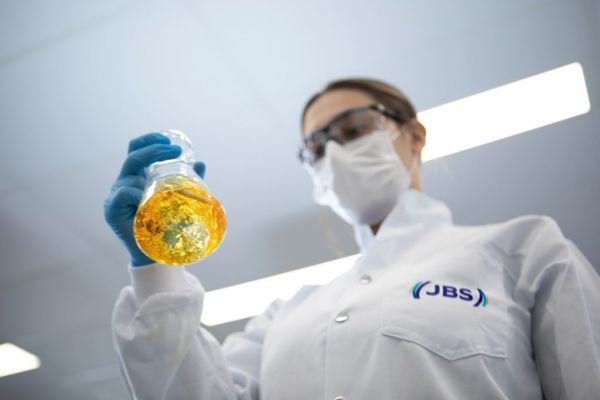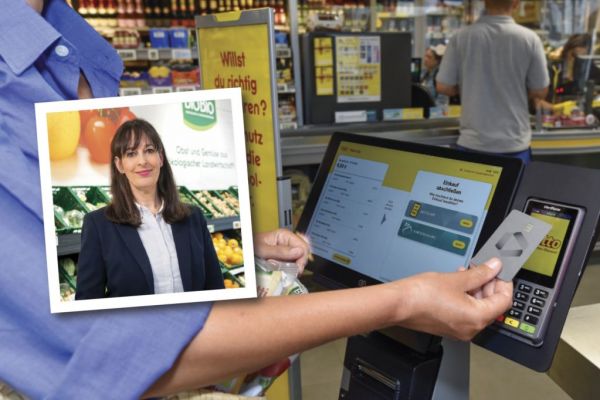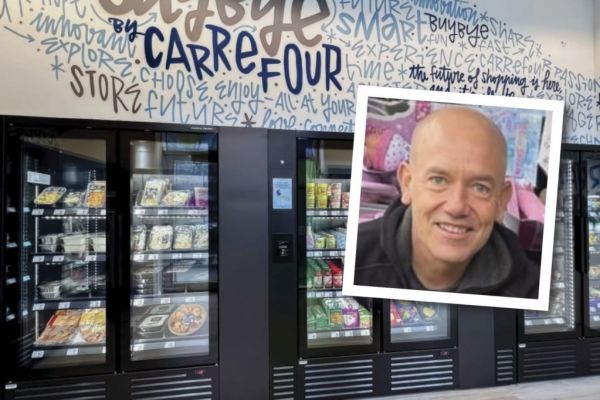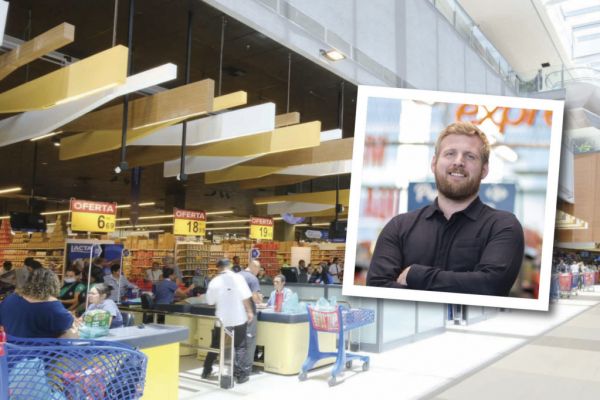The consumer goods industry faces a mammoth challenge if it intends to meet the SBTi’s target of halving emissions by 2030 and achieving Net Zero by 2050.
ENGIE Impact's research shows that while more than 1,000 companies have announced Net Zero targets only 25% are on pace to achieve them. There is great momentum in setting ambitious targets, however, achieving Net Zero implies a transformation far beyond the incremental change most companies are accustomed to. Sustainability transformation involves new business models, operating processes, logistic and supply chains, consumption habits, and product designs.
Each sector has its own specific challenges to overcome on the journey to Net Zero and the consumer goods industry is no different.
There are some key steps organisations should consider when kickstarting their decarbonisation journey.
Developing A Renewable Integration Roadmap
Industrialising the rollout of more mature decarbonisation levers such as renewables will be an important part of achieving Net Zero. Companies will need to develop a renewable integration roadmap. But before this is done, it is imperative to understand the myriad of different options available.
There are four main renewable energy sourcing options which can be used individually or combined, depending on the unique needs of an organisation:
- Unbundled energy attribute certificates (EACs) allow renewable energy sellers to sell EAC independently of the primary source. EACs are one of the easiest to procure, however, pricing often lacks transparency.
- Green supply or Green Tariffs provide bundled delivery of electricity and EACs, often considered to be of a higher quality than unbundled energy credits (RECs) because they come from a dedicated source.
- Corporate power purchase agreements (PPAs) allow companies to procure energy directly from a generator under a long-term contract, making projects more bankable for organisations.
- Onsite renewables are self-owned resources, such as wind and solar, that are generated on the project site and provide an alternative to depending on the grid.
The above measures are ordered according to our view of increasing quality of renewables. There is a clear drive from market leaders on sustainability to push for increasing quality, with PPAs and on-site options the most attractive.
Solving The Green Heat Challenge
Generating green heat is one of the biggest challenges faced by the consumer goods industry. To understand why it represents such a challenge we need to identify what is meant by industrial heat. Industrial heat results from the processing of energy vectors such as oil, gas, or coal, and produces scope 1 emissions.
The heat in question is then used to meet the specific needs an industry may have, such as producing hot water, steam, hot air etc.
Heat is difficult to decarbonise for a multitude of reasons. For example, industrial heating has a range of temperature and quality requirements. Unlike electricity, heat is not just a single vector; it is multiple vectors serving a variety of needs that might require low-grade, medium or high temperature heat.
A number of proven technologies exist and are ready to be deployed, as well as some more innovative ones:
- Industrial heat pumps make use of active heat recovery and perform three basic functions: receive heat from waste sources, increase waste-heat temperatures, and deliver heat at elevated temperatures. These pumps are incredibly efficient; mediating the relatively high investment cost with low energy consumption costs.
- Biomass gasification is an exciting technology that is currently in the early stages of commercialisation. It converts biomass feedstock into synthetic gas, which can be used in conventional equipment or even fuel cells in the same way natural gas is currently used.
Scope 3 Emissions
Decarbonising supply chains remains one of the biggest challenges for most organisations. Indeed, scope 3 emissions account for between 88% and 97% of a company's total carbon footprint. Meaning their reduction cannot be overestimated for any organisation charting a path to Net Zero.
Supply chains are complex and constantly shifting, making them difficult to decarbonise. On top of this, there are also factors such as visibility and control which also need to be taken into account:
- Visibility – how do I achieve visibility into my supply chain? For most organisations, this is one of the most pressing questions. To begin decarbonising your supply chain, organisations need to understand how sustainable their supply chains are. For example, they will need to know their suppliers’ greenhouse gas emissions. However, often suppliers do not have the answers to these questions. Meaning, that achieving visibility and answering these fundamental questions is crucial on any organisations journey to Net Zero.
- Catalyse action – often organisations have influence over their supply chain, but they do not have control. So, we have to think cautiously about how we deliver our messages and the incentives we offer to catalyse action. Also, often a company’s direct supplier may not be where the most damaging impact is felt. It is often someone further up the value chain. Which raises another important question - how do we achieve multilevel engagement?
Generating green heat and effectively engaging suppliers to reduce scope 3 emissions are difficulties the sector continues to wrestle with. However, there is much we can be optimistic about. Indeed, a number of renewable electricity options exist that your company can leverage to expedite its journey to Net Zero.
Moreover, renewable and green heat technology is advancing rapidly, making it easier and more cost effective to make the transition to Net Zero.
As the benefits of sustainability transformation become apparent, such as lower costs, new revenue streams, retention of talent, competitive advantage – to name a few, it will become easier to catalyse action amongst suppliers. Importantly, all organisations must understand that sustainability transformation is not a choice, it is a business imperative.
© 2022 European Supermarket Magazine – your source for the latest supply chain news. Article by Mark Chadwick , Managing Director, Sustainability Solutions at ENGIE Impact. Click subscribe to sign up to ESM: European Supermarket Magazine.














